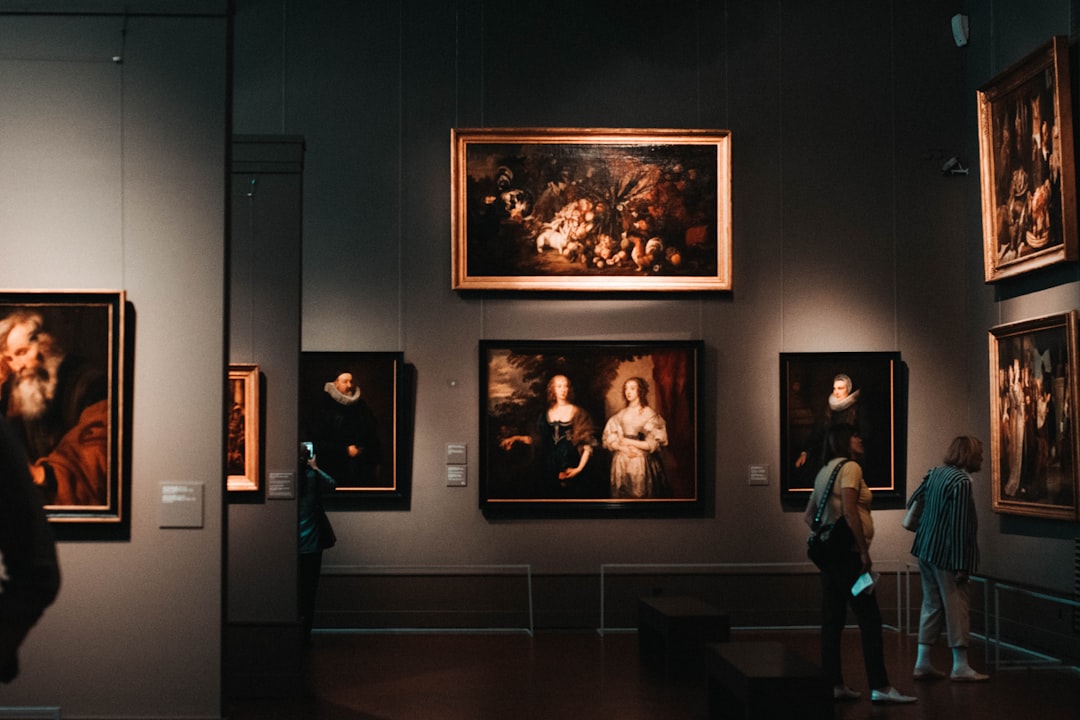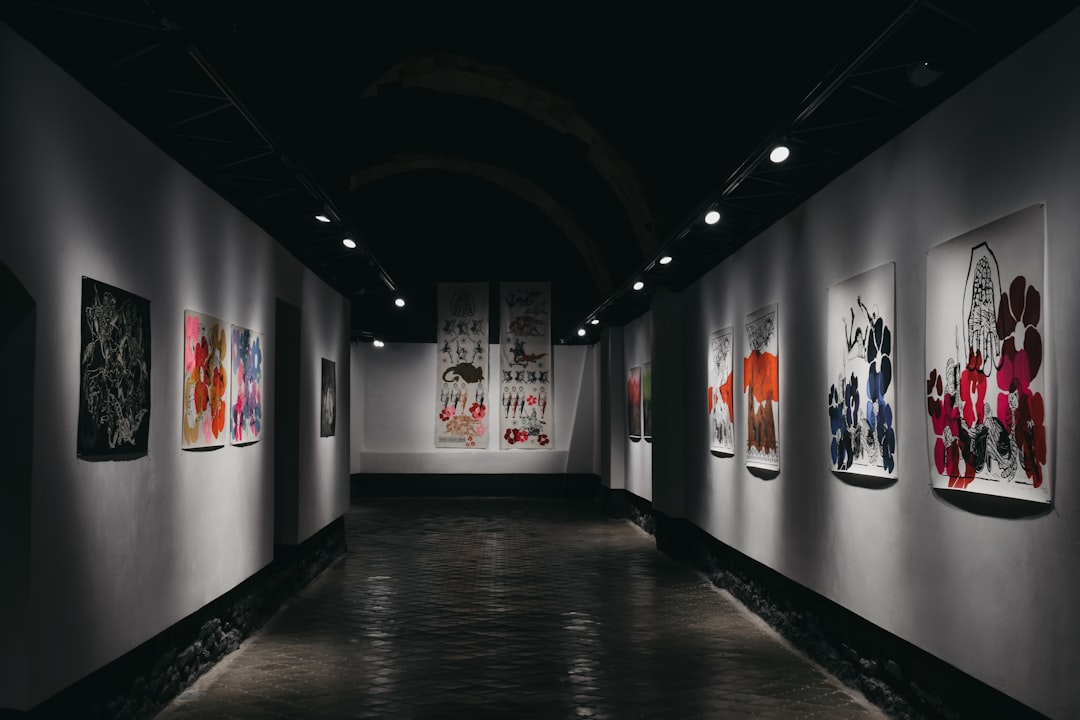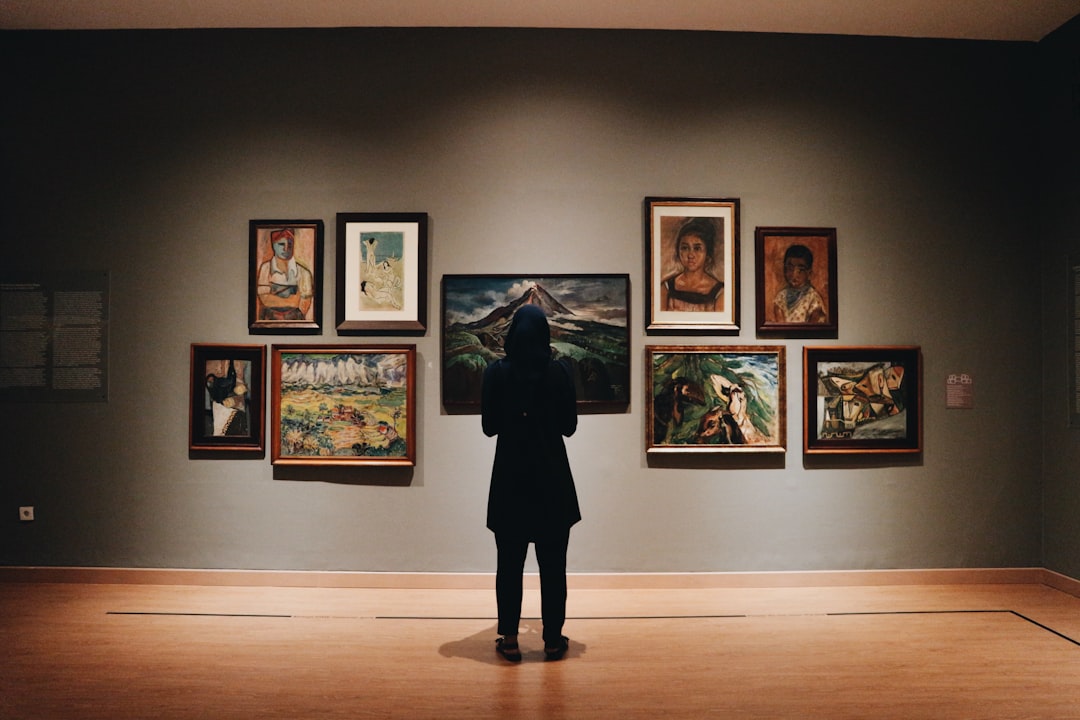Cryptocurrency, a digital or virtual currency that uses cryptography for security and operates independently of a central bank, has been making waves across various industries. One of the most interesting areas where cryptocurrency is making an impact is the art market.
Traditionally, the art market has been known to be exclusive and opaque, with high barriers to entry, limited access to investment opportunities, and little transparency in transactions. However, with the emergence of cryptocurrency, the art market is experiencing a significant transformation that is opening up new doors of possibilities.
In this blog post, we will explore how cryptocurrency is revolutionizing the art market, particularly in terms of fractional ownership, decentralized art marketplaces, transparency and authentication, global reach, and the challenges and risks associated with using cryptocurrency in the art industry. Join us as we delve deeper into this fascinating intersection between technology and art!
Fractional Ownership and Investment Opportunities: How Cryptocurrency Allows for Easier Investment Access and Fractional Ownership of Art
Are you an art enthusiast looking to invest in your favorite pieces but finding it difficult to afford the full price tag? Or are you an artist looking for new ways to fund your next big project? Look no further than cryptocurrency and its ability to allow for fractional ownership and easier investment access in the art market.
Fractional ownership allows multiple investors to collectively own a single piece of artwork, with each investor owning a percentage of the piece proportional to their investment. This means that investors can pool their resources together to invest in high-value art pieces that would otherwise be out of reach for individual buyers.
Cryptocurrency makes fractional ownership even more accessible by allowing investors to invest in small amounts without the need for intermediaries such as art dealers or brokers. This level of access is unprecedented in the traditional art market and provides an opportunity for a wider range of collectors and investors to participate in the market.
Investing in art has historically been seen as a high-risk investment due to the exclusive nature of the market and the subjective nature of art valuation. However, the use of cryptocurrency and blockchain technology has the potential to mitigate these risks by providing greater transparency and authentication.
Investors can track the provenance and ownership history of a piece of art through the blockchain, ensuring that they are investing in a legitimate piece of art with a secure ownership history. This level of transparency can help to combat art fraud and counterfeit art, which has plagued the traditional art market for years.
In addition to the benefits for investors, artists can also benefit from the use of cryptocurrency in the art market. By utilizing blockchain technology, artists can create and sell their own digital art, without the need for intermediaries or galleries. This opens up new revenue streams for artists and allows for a more direct relationship between artists and collectors.
The use of cryptocurrency and blockchain technology has the potential to revolutionize the art market by providing greater access, transparency, and authentication. Fractional ownership and easier investment access can allow a wider range of investors to participate in the market, while blockchain technology can provide secure and transparent provenance information for artwork. The possibilities for the future of the art market are endless, and we can’t wait to see what developments will arise from this exciting intersection of art and technology.
This level of transparency can help to combat art fraud and counterfeit art, which has plagued the traditional art market for years.
Decentralized Art Marketplaces: The Benefits of Using Blockchain Technology in Art Transactions and Sales
When it comes to buying and selling art, the traditional art market is known for being opaque, slow, and exclusive. But with the rise of blockchain technology and cryptocurrency, a new model of art transactions is emerging.
Decentralized art marketplaces are online platforms that use blockchain technology to facilitate the buying and selling of art. This technology provides a decentralized, secure, and transparent way to transact, making it an appealing option for art collectors and enthusiasts who are looking for a more efficient and accessible way to engage with the art market.
One of the main benefits of using a decentralized art marketplace is that it removes intermediaries and allows for peer-to-peer transactions. This means that buyers and sellers can directly connect with each other, without the need for art dealers or auction houses. This not only reduces transaction fees but also creates a more open and democratic art market.
In addition to peer-to-peer transactions, blockchain technology also enables secure and transparent provenance information for artwork. Each piece of art can be registered as a unique digital asset on the blockchain, which records every transaction and ownership change. This system allows for a permanent and tamper-proof record of the artwork’s history, from its creation to its current owner.
Decentralized art marketplaces also have the potential to create more opportunities for emerging artists who may not have access to traditional art market channels. Since these marketplaces operate on a global scale, they can connect artists with potential buyers from all over the world, giving them greater exposure and a larger potential market.
Of course, like any new technology, decentralized art marketplaces come with their own set of challenges and risks. The volatility of cryptocurrency prices and the potential for fraud or cyber attacks are just a few of the concerns that need to be addressed.
However, by embracing blockchain technology and cryptocurrency, the art world has the potential to become more accessible, democratic, and transparent. Decentralized art marketplaces offer a new way to engage with art, one that is open to anyone with an internet connection and an interest in the arts.
As the art world continues to evolve, it will be interesting to see how blockchain technology and cryptocurrency will shape the future of the industry.
In addition to peer-to-peer transactions, blockchain technology also enables secure and transparent provenance information for artwork.
Transparency and Authentication: How Blockchain is Revolutionizing Provenance Information for Artwork
When it comes to buying and selling artwork, one of the biggest concerns for both buyers and sellers is ensuring that the artwork is authentic and has a clear provenance. This is where blockchain technology comes in. By utilizing blockchain’s immutable ledger system, the art market can now have a secure and transparent way to track the ownership and history of artwork.
Traditionally, provenance information was often kept by dealers or auction houses, making it difficult for buyers to verify the authenticity of a work. However, with the use of blockchain, each transaction and change of ownership is recorded on the blockchain, creating a clear and transparent record of the artwork’s history.
This level of transparency not only benefits buyers, but also helps to combat fraud and forgery in the art market. Because each transaction is recorded on the blockchain, it becomes nearly impossible for someone to create a fake history for a work of art. This added layer of security and authentication is invaluable to both the art market and collectors.
In addition to creating a secure and transparent record of a work’s history, blockchain also allows for the integration of other types of information related to the artwork, such as provenance research, conservation history, and exhibition history. This creates a comprehensive and accessible database of information that can be easily accessed by anyone with an interest in the artwork.
Overall, the use of blockchain technology in the art market has the potential to revolutionize the way we view and authenticate artwork. By creating a secure and transparent system for tracking provenance information, blockchain is helping to ensure the authenticity and value of works of art for generations to come.
This creates a comprehensive and accessible database of information that can be easily accessed by anyone with an interest in the artwork.
Global Reach: Cryptocurrency Eliminates Geographical Barriers in Art Transactions
The art world has historically been limited by geographical barriers, with collectors and investors restricted to transactions within their respective regions. However, with the rise of cryptocurrency, these barriers are rapidly disappearing.
Cryptocurrency allows for instant, secure, and borderless transactions, making it possible for art collectors and investors from all corners of the world to invest in and trade artwork with ease. This increased accessibility to the global art market has the potential to revolutionize the industry, allowing for unprecedented growth and collaboration among artists, collectors, and investors.
Through cryptocurrency, individuals can now invest in a diverse range of artwork from around the world, regardless of their physical location. This has led to the democratization of the art market, as more people have access to investment opportunities previously reserved for a select few.
Moreover, cryptocurrency’s borderless nature has also allowed for the creation of international art marketplaces, where artists can easily reach a global audience and sell their work to buyers from all over the world.
The elimination of geographical barriers in art transactions has also opened up new opportunities for cultural exchange and collaboration. Artists from different regions and cultures can now connect and work together more easily, creating a more diverse and vibrant art community.
However, while the global reach of cryptocurrency is undoubtedly exciting for the art market, it also comes with its own set of challenges and risks. As with any new technology, there are potential security risks, as well as concerns regarding the volatility of cryptocurrency values.
Overall, the global reach of cryptocurrency is a powerful tool for the art market, opening up new opportunities for investment, collaboration, and cultural exchange. It will be fascinating to see how this technology continues to shape the industry in the coming years.
It will be fascinating to see how this technology continues to shape the industry in the coming years.
Challenges and Risks in Using Cryptocurrency in the Art Market
As with any emerging technology, the use of cryptocurrency in the art market comes with its own set of challenges and risks. While the benefits of fractional ownership, decentralized marketplaces, transparency, and global reach are undeniable, it is important to acknowledge and address the potential downsides.
One of the most significant challenges is the volatility of cryptocurrencies themselves. The value of cryptocurrencies such as Bitcoin can fluctuate wildly, sometimes within hours. This can make it difficult to accurately price artwork in cryptocurrency or to predict the value of an investment over time. Investors and art collectors must be prepared to accept this risk and be willing to ride out any fluctuations in value.
Another challenge relates to the security of cryptocurrency transactions. While blockchain technology provides a secure and transparent way to track art transactions, the relative anonymity of cryptocurrency can make it a target for hackers and scammers. There have already been instances of art collectors being scammed out of their cryptocurrency in fraudulent transactions.
In addition to security concerns, there is also the issue of regulation. The use of cryptocurrency in the art market is still largely unregulated, which can make it difficult to know what the legal implications may be. Some governments have already signaled their intention to crack down on cryptocurrency, which could have a significant impact on the art market.
Finally, there is the challenge of adoption. While the benefits of using cryptocurrency in the art market are clear, it will take time for the industry to fully embrace this new technology. Many art collectors and investors may be hesitant to embrace cryptocurrency, either due to a lack of understanding or a reluctance to change their established methods.
While the use of cryptocurrency in the art market has the potential to revolutionize the industry, it is important to acknowledge the challenges and risks that come with it. Investors and collectors must be prepared to accept the volatility of cryptocurrencies, take steps to ensure the security of their transactions, and navigate any regulatory hurdles that may arise. Nonetheless, the benefits of fractional ownership, decentralized marketplaces, transparency, and global reach make this an exciting time to be involved in the art market.
Investors and art collectors must be prepared to accept this risk and be willing to ride out any fluctuations in value.
Conclusion: How Cryptocurrency is Revolutionizing the Art Market
As we’ve explored in the previous sections of this blog post, the introduction of cryptocurrency has brought about sweeping changes to the art market. From fractional ownership to decentralized marketplaces, the benefits of using blockchain technology in art transactions are clear.
One of the most significant advantages of cryptocurrency in the art market is the ability to remove geographical barriers. Previously, buying and selling art could be limited by location, but with cryptocurrency, collectors and investors from all over the world can participate in the market.
Furthermore, the transparency and authentication provided by blockchain technology offer a level of security and trust that was previously impossible to achieve. Provenance information can be securely tracked and verified, which is especially important in a market where fraud and forgery can be prevalent.
Of course, there are also challenges and risks associated with using cryptocurrency in the art market. Volatility and security concerns must be addressed, and there is always the potential for new challenges to arise as the technology continues to evolve.
However, despite these challenges, the potential for cryptocurrency to revolutionize the art market is enormous. We’ve only scratched the surface of what’s possible, and it’s exciting to think about the potential future developments in the industry.
As more and more investors and collectors begin to recognize the benefits of using cryptocurrency in the art market, we can expect to see continued growth and innovation. So whether you’re an artist, collector, or investor, it’s worth keeping an eye on the evolving landscape of cryptocurrency in the art world. Who knows what opportunities and possibilities it may bring?





